Gather ’round, kids. Gather ’round. Old Uncle Doug is going to regale you with a tale of an excellent rectangle that was introduced to the world on October 23, 2001.
Back in 2001, MP3 players weren’t scarce, by any means, but they each had a fundamental problem: They were either pocketable and could only hold a few dozen songs or they were comically big and could hold several hundred songs.
I didn’t own the original iPod. It was too expensive (I didn’t have $400 to my name) and initially Mac-only (I didn’t have a Mac — a side-effect of not having money). I was, however, enamored with portable MP3 players. In fact, instead of buying several CD-, flash- and hard drive-based MP3 players at upwards of $200 a pop, as I did, I probably could have owned an iPod and maybe even a Mac.
Here’s a photo of two real gems I still own: the Pocket mStation (left) and the NeoPlayer (right), with an old iPhone 4 thrown into the mix to give you a sense of size. I’ll frame these someday:

These two ridiculous beasts each used a 2.5-inch hard drive commonly used in laptops. So I could stuff a ton of songs on them, but I couldn’t stuff either of them into anything but the Hammer-est of Hammer pants.
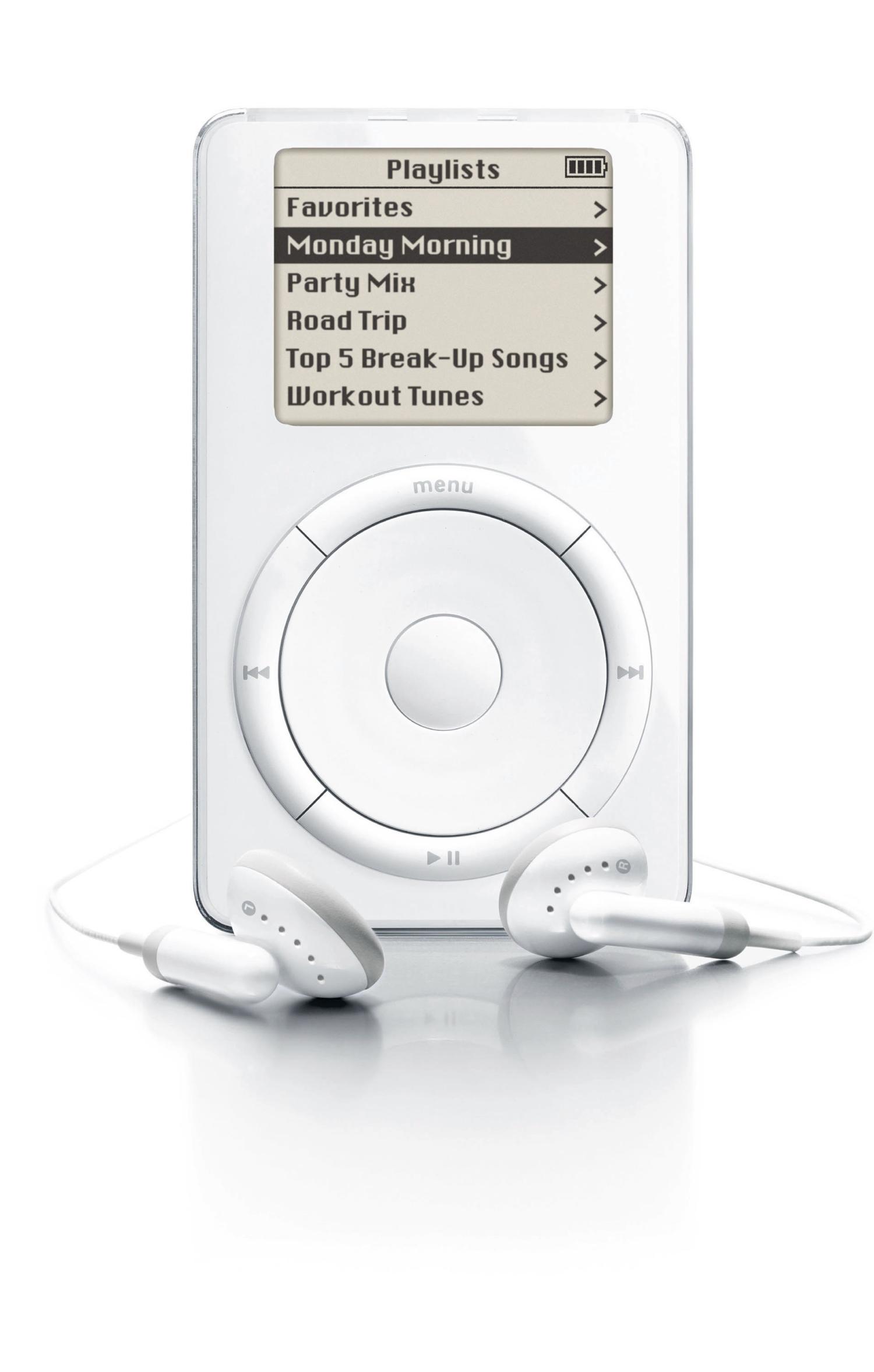
The world needed an MP3 player that was small enough to fit in a pocket, yet had enough storage to hold hundreds of songs. The problem was that flash-based storage maxed out at mere megabytes and tiny, high-capacity hard drives didn’t exist in sufficient quantities…yet.
This was a conundrum for Apple engineers in late 2000, as Steve Jobs had expressed interest in building a sleek, pocketable MP3 player that could hold a ton of music. In true Steve Jobs fashion, Jobs tasked Jon Rubinstein with building such a device even though the necessary components didn’t exist.
Rubinstein lucked out, though. In February of 2001, while he was meeting with Toshiba, a boatload of tiny, high-capacity hard drives nearly fell in his lap. The following is a passage in Walter Isaacson’s Steve Jobs book (page 384):
At the end of a routine meeting with Toshiba, the engineers mentioned a new product they had in the lab that would be ready by that June. It was a tiny, 1.8-inch drive (the size of a silver dollar) that would hold five gigabytes of storage (about a thousand songs), and they were not sure what to do with it. When the Toshiba engineers showed it to Rubinstein, he knew immediately what it could be used for. A thousand songs in his pocket! Perfect. But he kept a poker face. Jobs was also in Japan, giving the keynote speech at the Tokyo Macworld conference. They met that night at the Hotel Okura, where Jobs was staying. “I know how to do it now,” Rubinstein told him. “All I need is a $10 million check.” Jobs immediately authorized it. So Rubinstein started negotiating with Toshiba to have exclusive rights to every one of the disks it could make, and he began to look around for someone who could lead the development team.
The “exclusive rights to every one of the disks it could make” quip is important. Apple rolled out the iPod in late 2001; it would take a while for competing MP3 players to shrink down and catch up.
Further Reading:
See Steve Jobs’ Legacy in 16 Photos

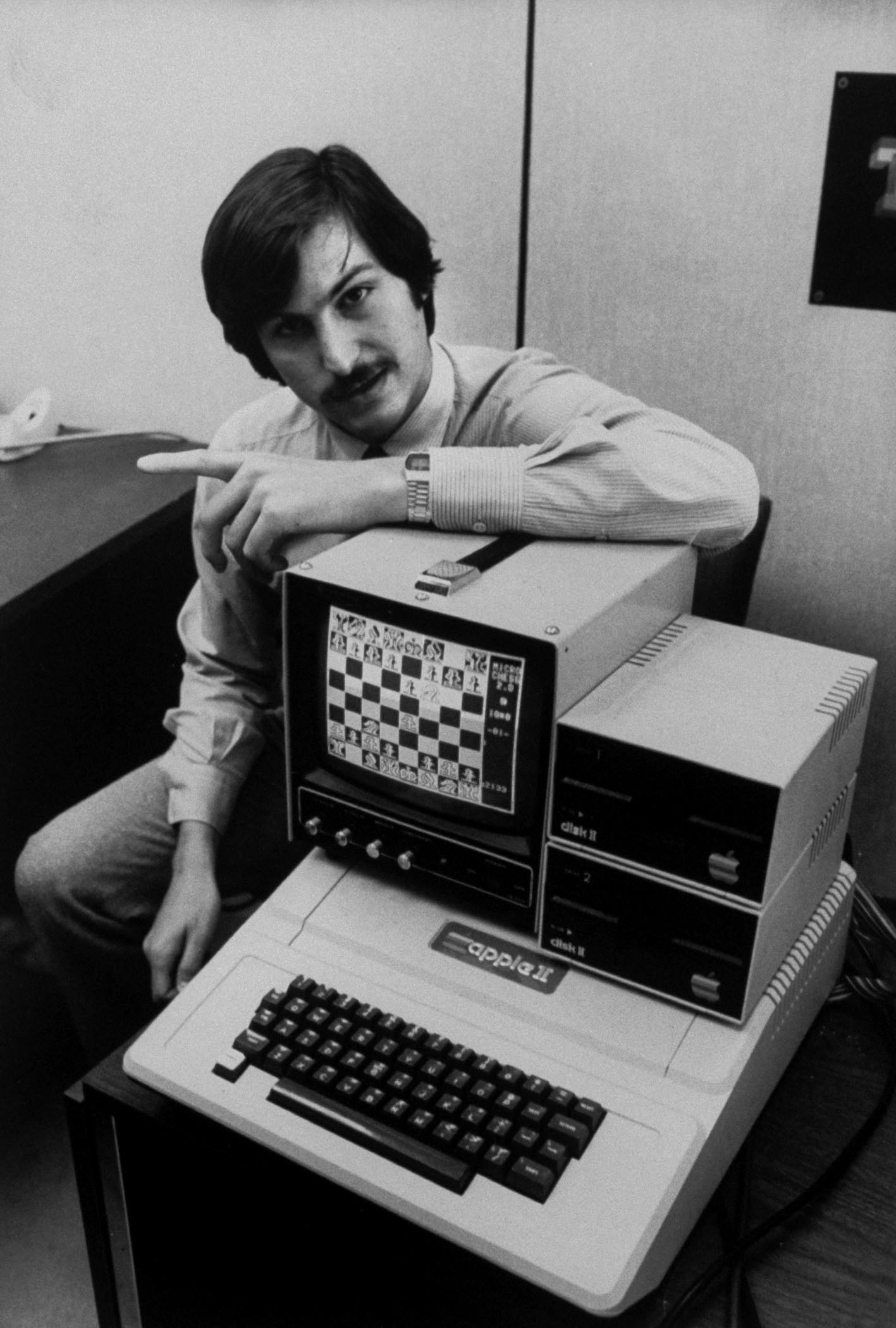

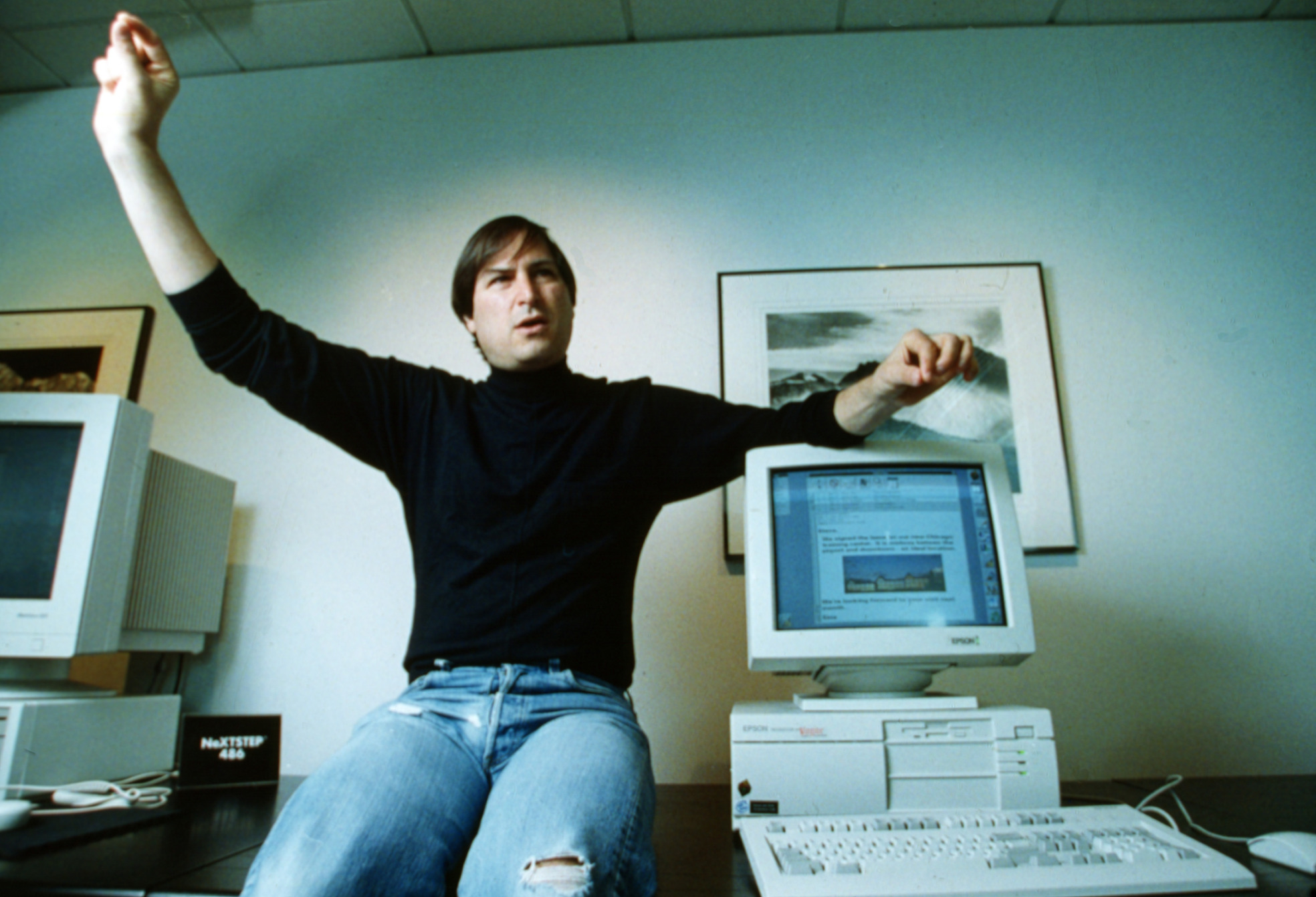
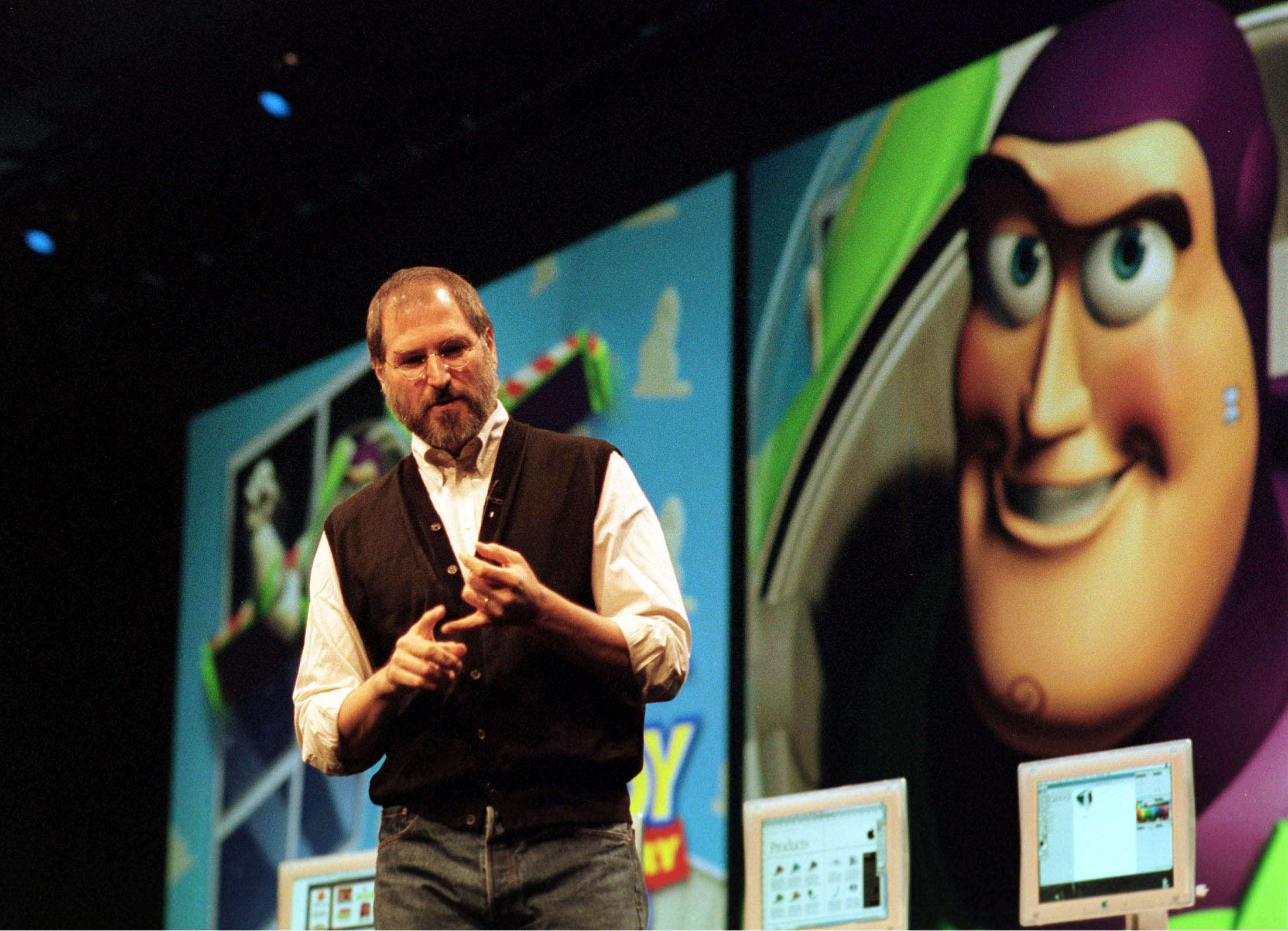
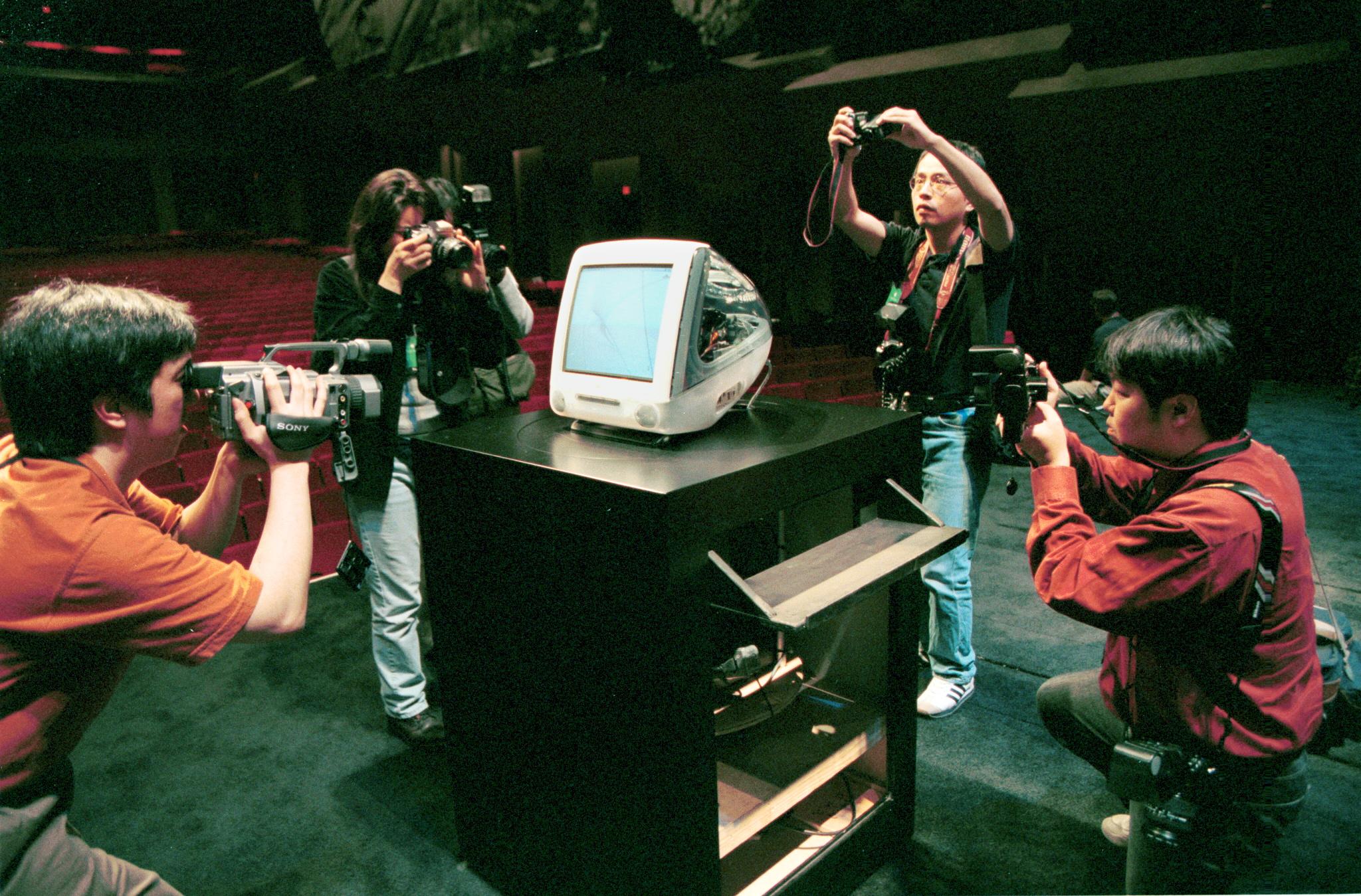
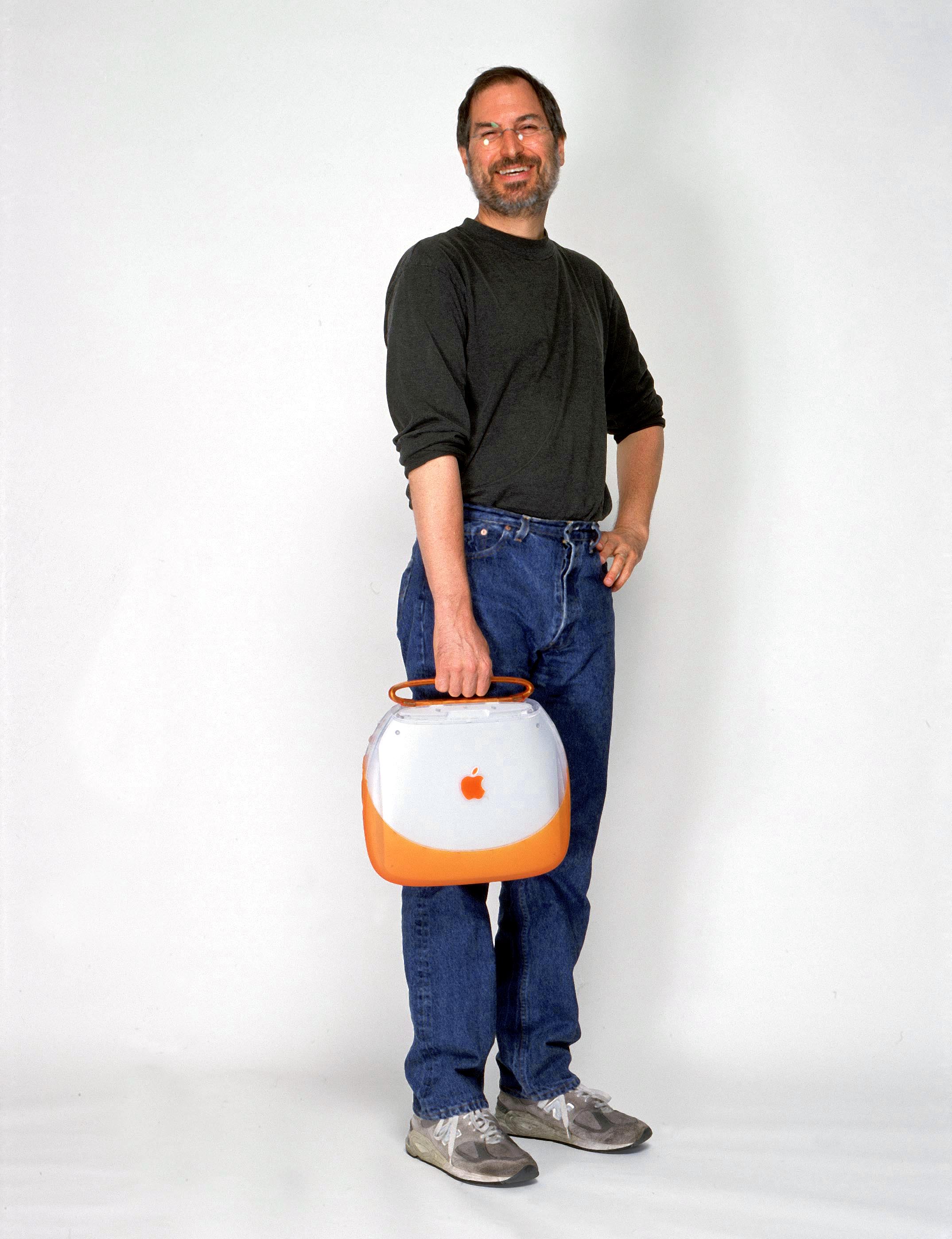

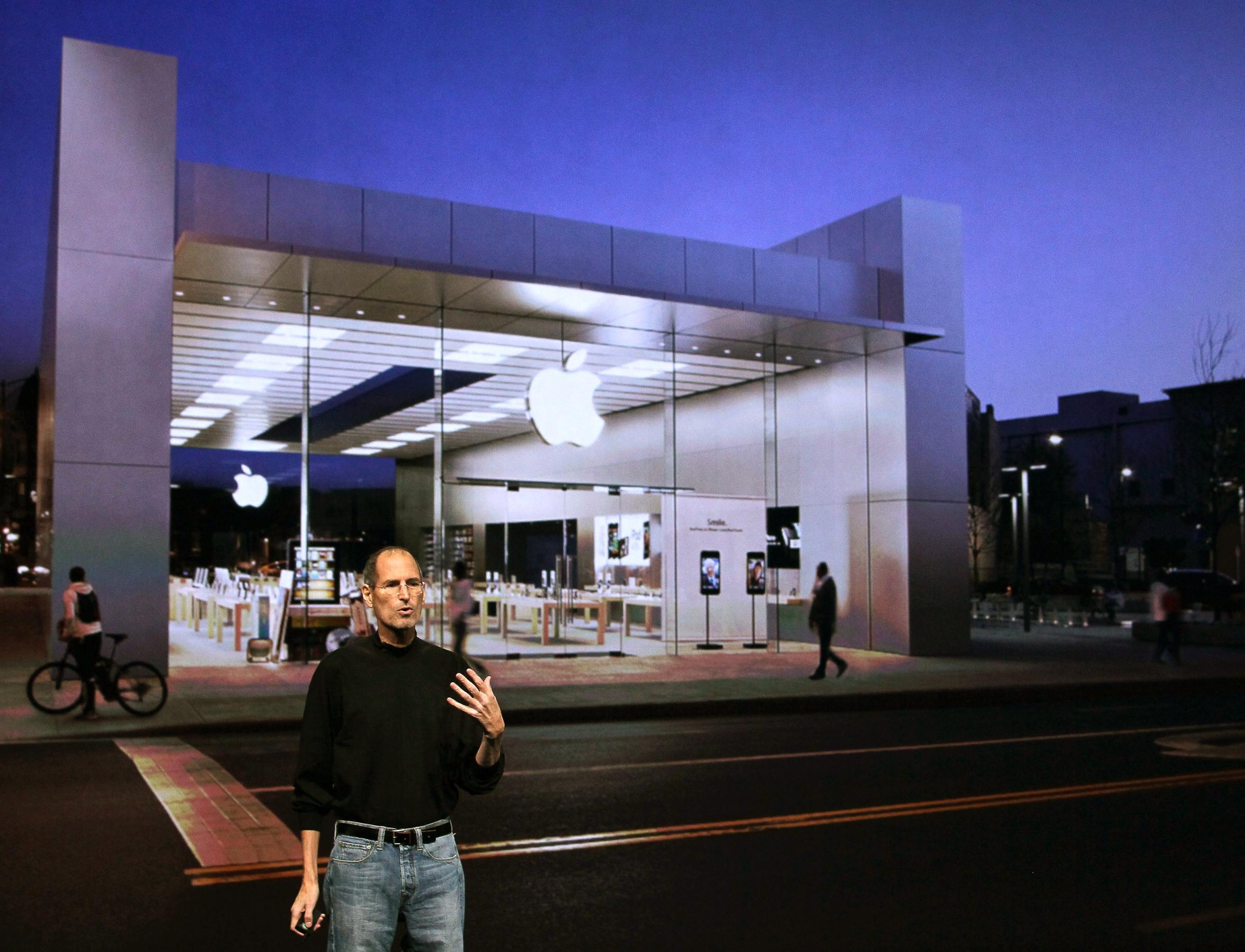
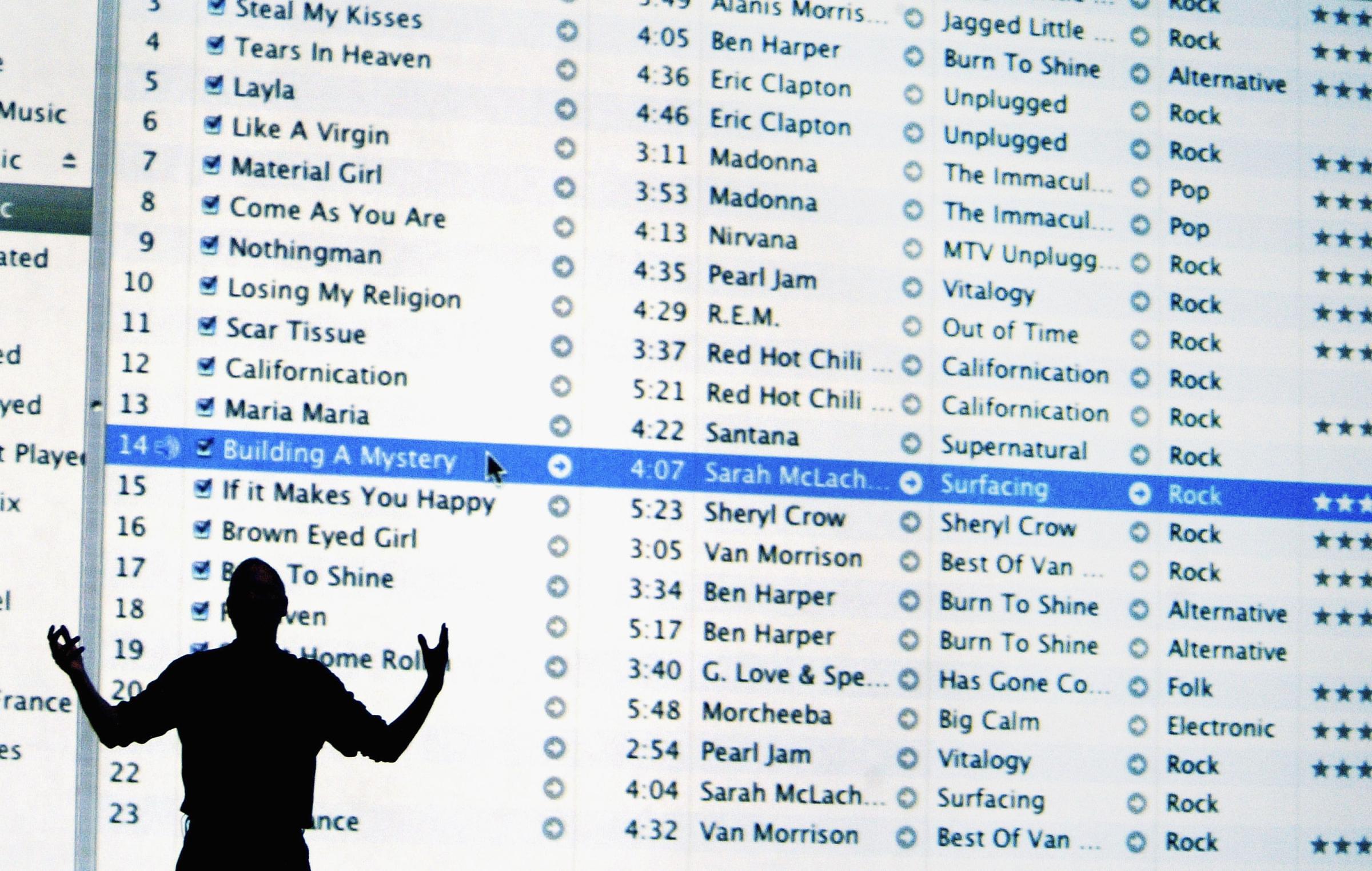
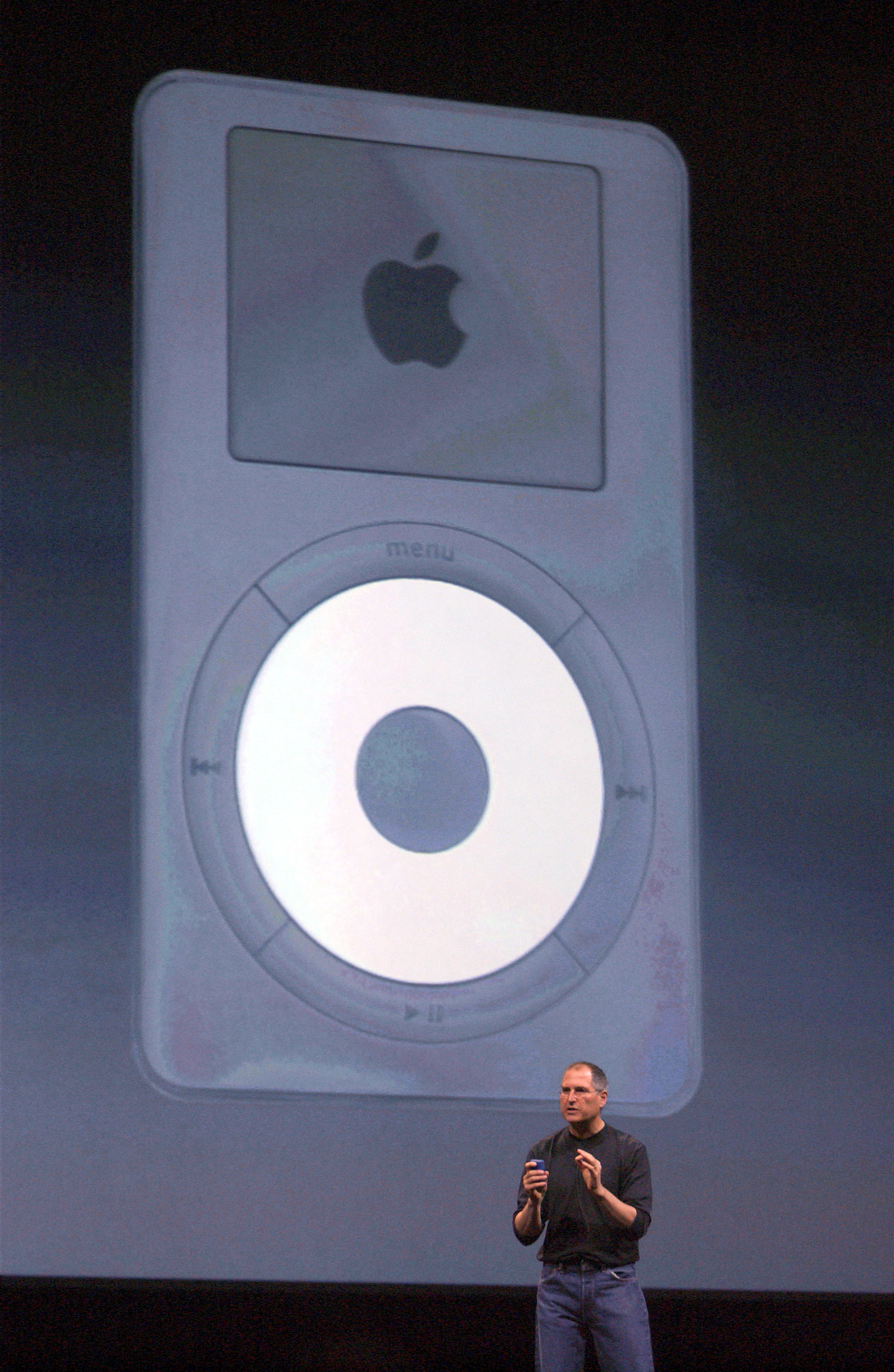

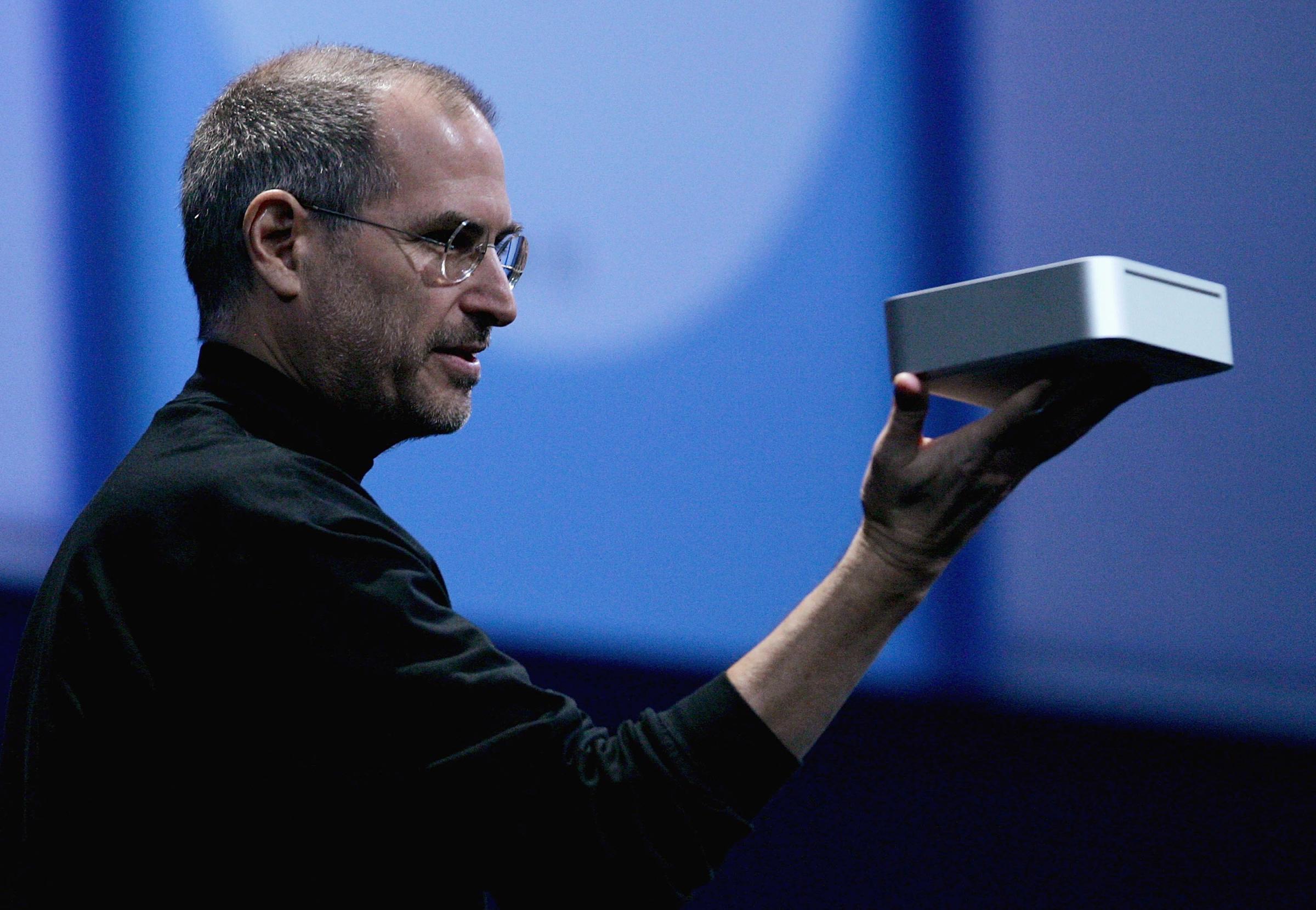


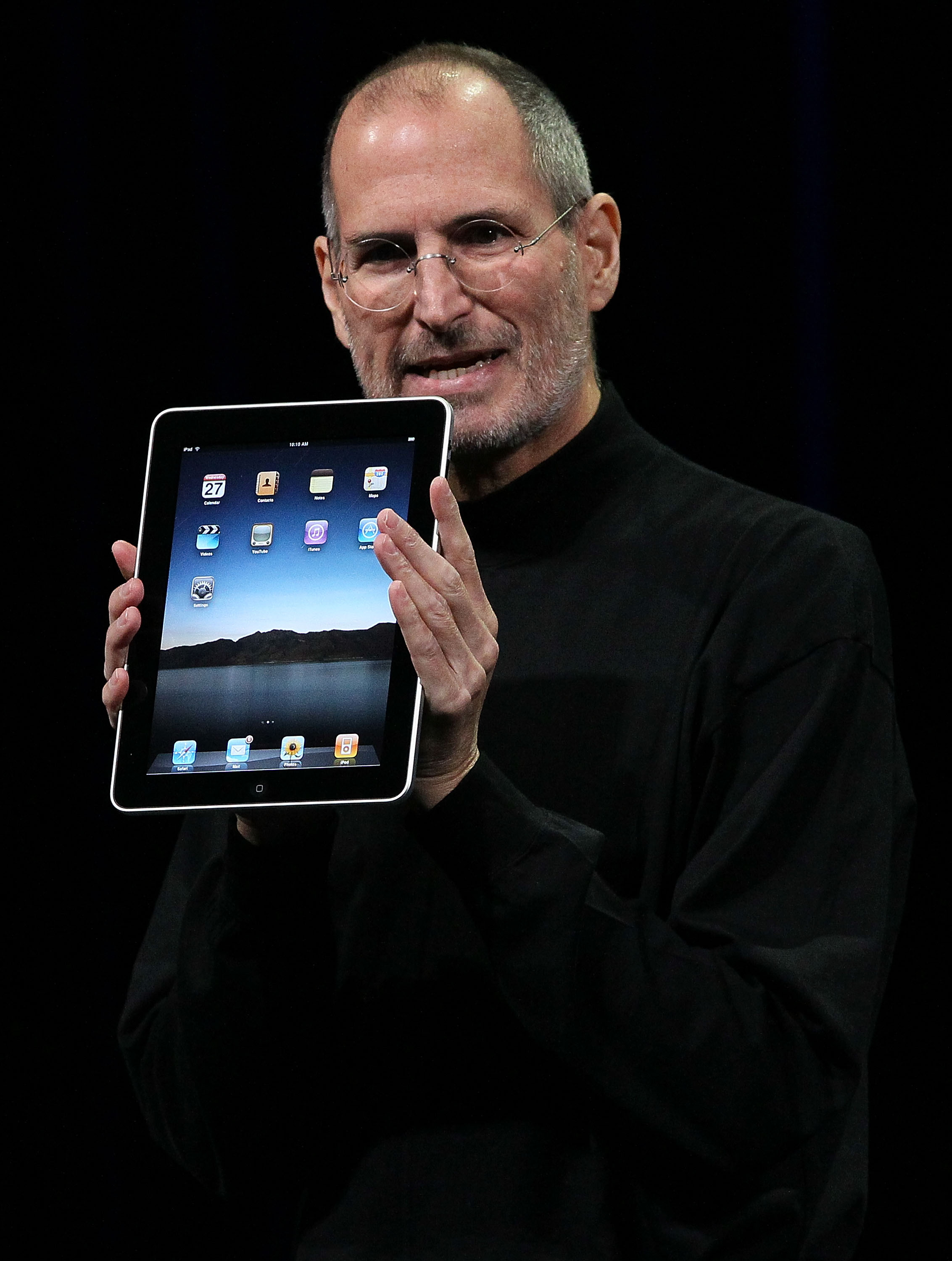
Read next: Aaron Sorkin Confirms Christian Bale Will Play Steve Jobs
More Must-Reads from TIME
- Cybersecurity Experts Are Sounding the Alarm on DOGE
- Meet the 2025 Women of the Year
- The Harsh Truth About Disability Inclusion
- Why Do More Young Adults Have Cancer?
- Colman Domingo Leads With Radical Love
- How to Get Better at Doing Things Alone
- Michelle Zauner Stares Down the Darkness
Contact us at letters@time.com